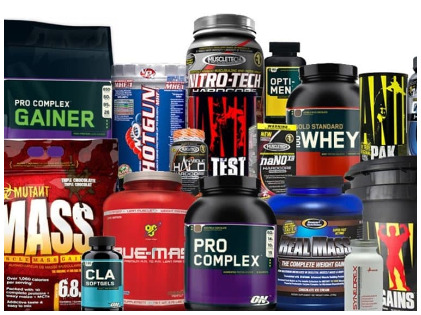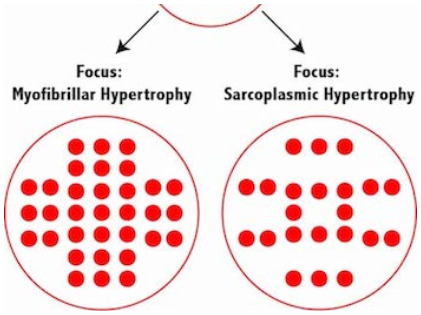Perhaps you’ve been strength training for some time now, or you’re a beginner, but either way, a topic of interest to you is muscle growth. Many people who train are looking to increase the size of their muscles. This is to either to appear more muscular as is mostly the case with men or to turn your body into a calorie-burning machine, as is the case with most women. No discussion over muscle growth is complete without diving into training for strength versus training for hypertrophy. Buckle up, and let’s go!
Defining Muscular Strength and Hypertrophy
Muscular strength is known as the maximum force a specific muscle can exert against a chosen resistance in a single effort. There are primary adaptations that result in strength building up, and these are linked to the nervous system and the pattern of motor unit recruitment. Muscular hypertrophy is another thing entirely, describing the increase in the size of the actual mass of muscle in cross-section. This dimensional increase results from an increase in the size of the individual muscle fibers, instead of the length. Skeletal muscle is an attempt to adapt regular progressive training that continuously challenges the muscle fiber. This is how the skeletal muscle becomes more significant and more efficient at creating force.
An Introduction to Hypertrophy
While bodybuilding may well be the first thing that pops to mind when anyone thinks of hypertrophy, there is actually more to it than that. There are two forms of hypertrophy that exist. The two types are myofibril and sarcoplasmic. Both of these forms are about building muscle, but it is understood that there are differences between the two. For fitness coaches to properly guide athletes to develop their best strength, fitness, and power. A thorough understanding of both myofibrillar and sarcoplasmic hypertrophy must be understood.
Sarcoplasmic vs. Myofibrillar
In the process of sarcoplasmic hypertrophy, there happens to be an increase in the sarcoplasmic fluid in the cells of the muscle, which increases without any accompanying increase in strength. In contrast, in the process of myofibrillar hypertrophy, myosin and actin proteins increase and result in an increase in muscular strength, in addition to a small increase in muscle size. Sarcoplasmic hypertrophy is the most common among bodybuilders, While myofibrillar hypertrophy is most common among Olympic weightlifters.
Achieving Sarcoplasmic and Myofibrillar Hypertrophy
To achieve sarcoplasmic hypertrophy, you have to experience a burn in your muscles as you train it. This is through high rep ranges of 8 to 12 with short rest periods between sets to really get the lactic acid burn going. This pushes more fluid into the muscle, making it appear larger. Myofibril hypertrophy is the building of fibers within the muscle for strength. In this case, your appearance remains the same but you grow much stronger, and you can achieve this by performing sets two minutes apart and with a rep range of about 2 to 6.
Supplemental Needs
 In the event that you are training for strength, you will benefit from taking supplements of creatine, carbohydrates, testosterone boosters, B-complex vitamins, caffeine, and protein powder. These supplements will help your body reach strength gains and aid the production of ATP and the release of catecholamines. For muscle growth, you are better off supplementing with BCAAs, Beta-alanines, protein powder, HMB, creatine, and nitric oxide boosters. These supplements help aid in rapid recovery and speed up protein synthesis.
In the event that you are training for strength, you will benefit from taking supplements of creatine, carbohydrates, testosterone boosters, B-complex vitamins, caffeine, and protein powder. These supplements will help your body reach strength gains and aid the production of ATP and the release of catecholamines. For muscle growth, you are better off supplementing with BCAAs, Beta-alanines, protein powder, HMB, creatine, and nitric oxide boosters. These supplements help aid in rapid recovery and speed up protein synthesis.
If you think that taking up weightlifting or resistance training was going to be as simple as walking into the gym and hopping onto some machines or picking up a few weights, you could not have been more wrong! You have to understand what is really going on with your muscles when you train, and how your particular style f training is affecting your muscle.
Deciding whether your goal is strength or growth is step one. Afterward, you have to begin looking at the exercises you will be performing and ensure that you perform them correctly, following the right rep range as well as the right rest time between sets to really benefit from your workout sessions. There is simply no point in not doing it correctly, and it will all be worth it in the end! Make fitness your priority and try to learn a little more every day and you ill eventually feel that all of it is a breeze – even planning your workouts!


